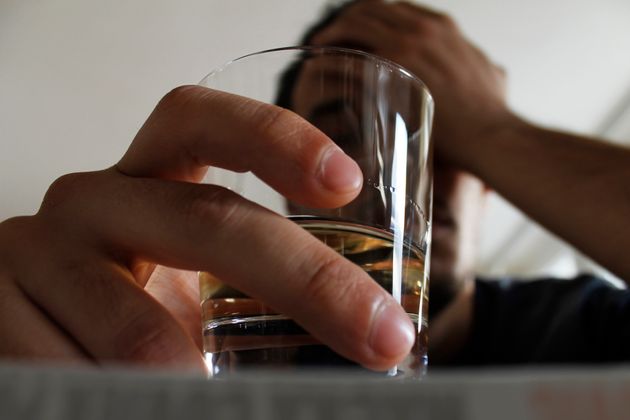
Abstinence has become the de-facto standard for anyone who is struggling with addiction of any sort – alcohol, drugs, porn, gambling or otherwise.
Abstinence sounds great because the collateral damage and consequences associated with addiction are so enormous – broken relationships, billions of dollars lost, criminal behaviour, violence, terminated employment, and even death.
In the face of such terrible outcomes, abstinence sounds like a perfect solution.
The problem is that it’s not working.
There are three main problems with using abstinence as the gold standard of success in treating addiction.
If we don’t address these issues, we will continue struggling with an addiction problem that delivers more loss, more hopelessness and more death for
years to come.
Myth #1 – Abstinence must be the first step on the road to recovery
This is a big one. So much so that most of you who just read that line have accepted it as fact.
“Someone has to want to quit,” and “the only requirement for membership is a desire to stop drinking,” are some of the clearest examples of this deeply-engrained belief.
But here’s the thing, research I conducted in 2010 proved to me what so many of us know – over 50% of people who struggle with addiction (the number is likely much higher) are not ready to commit to quitting fully. And this is one of their primary reasons for not going and getting help. In essence, making this a requirement for everyone who wants to engage in treatment has created a very scary reality – about 90% of those who struggle with addiction don’t get treatment for it, a statistic that isn’t replicated in any other health-related context.
In case this isn’t clear, let me say it this way – we cannot help the people who don’t come in for help. So why are we making the most difficult decision one that has to be made before an individual starts receiving assistance? I equate this to telling someone with two broken legs they can receive physical therapy as long as they don’t use their wheelchair to get to the office… All it does is keep people away. So let’s stop it.
Myth #2 – People abstain after treatment
Abstinence is more than the ticket into treatment, it’s also the way we measure success.
Depending on which study you believe, success rates for traditional treatment range from 30% to about 5%. The longer the time lapsed between treatment completion and the outcome measured, the worse the statistic.
Those 80% success rates you see in marketing materials? They’re essentially a work of pure fiction and manipulated statistics. But here’s the thing, I’ve had dozens of clients tell me that they lie to their peers about their sobriety all the time. Even the good research numbers we do see are likely incredibly inflated.
A number of studies show that individuals are likely to lie about their sobriety when asked directly. Estimates of this sobriety inflation show the real success rates are as low as half of the numbers those participants self-report.
One study conducted at the University of Connecticut made a startling discovery about abstinence in alcohol treatment – while 30%-40% of participants reported drinking during the duration of the treatment, ankle monitors they wore showed that 97% of them drank.
We’ve been blaming addicts for lying about their use for years, but could their reason for lying be the unrealistic expectation of perfection adherence
Myth #3 – Abstinence is a good measure of a successful recovery
If you look at the criteria for a substance-use disorder, quantity of consumption is simply not included.
You’re not an “alcoholic” (I personally hate that term) because you drink a certain amount of alcohol; you are diagnosed with a problem because of consequences and lack of control. But your success is measured by continuous abstinence from said consumption.
We’re measuring recovery from a problem in a different way than that which we use to measure the problem. But everyone knows a “dry-drunk” who is completely miserable and distraught even though they’re sober.
We should be measuring success by the resolution of the problems that our clients came to us with – the repairing of relationships, re-engagement at work, and the continual improvement of one’s circumstances should be markers of a successful recovery. But if substance use hasn’t ceased, those markers are simply not attended to.
Even if a person has cut back their consumption by half, or 80%, their inability to “quit” will mark them as recovery failures. It makes no sense and it’s not the way we measure recovery in any other field.
These myths, to my mind, are the cause of much of the frustration we experience in the addiction field. More importantly, they are the cause of the debilitating suffering and hopelessness that those we purport to help feel every day.
If we’re serious about addressing the scourge of addiction we must first address the ill-informed approach that exacerbates, rather than resolve, shame in those most vulnerable. We have to start with understanding and support instead of blame and condemnation. Only then will we have a chance to truly solve this endemic problem.
Adi Jaffe, PhD, is a research psychologist, addiction specialist, and founder of IGNTD-Igniting Lives Beyond Limits. His book The Abstinence Myth is out now.


